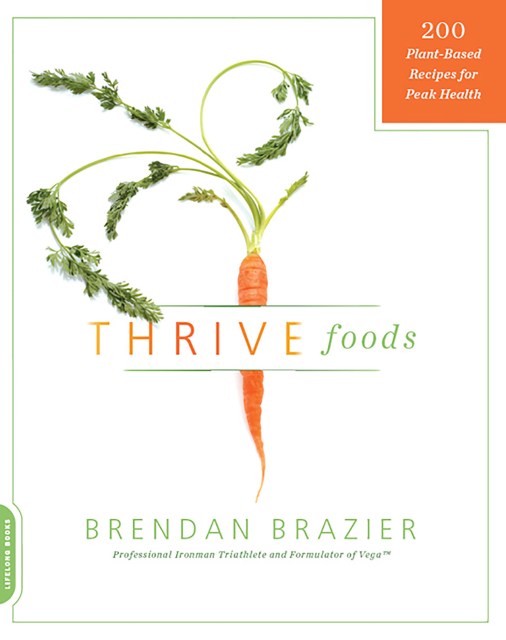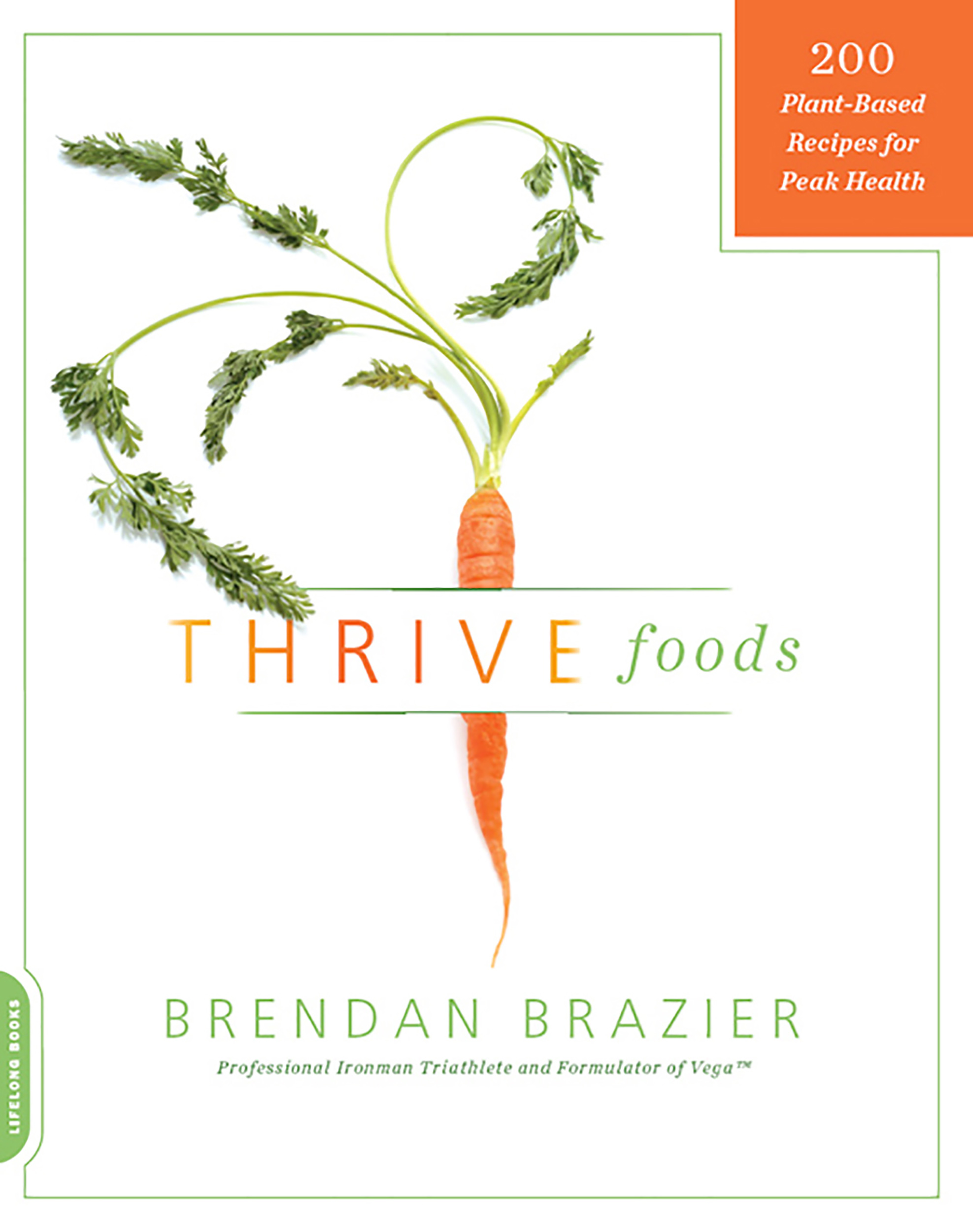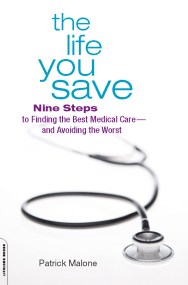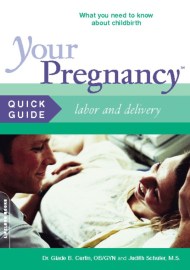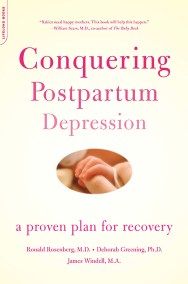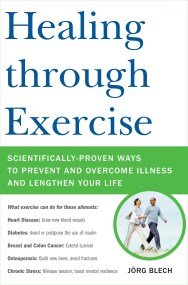Promotion
Use code MOM24 for 20% off site wide + free shipping over $45
Thrive Foods
200 Plant-Based Recipes for Peak Health
Contributors
Formats and Prices
Price
$12.99Format
Format:
- ebook $12.99
- Trade Paperback $20.00
This item is a preorder. Your payment method will be charged immediately, and the product is expected to ship on or around September 6, 2011. This date is subject to change due to shipping delays beyond our control.
Also available from:
Focusing on an environmentally friendly diet, Brendan Brazier’s new book builds on the stress-reducing, health-boosting nutritional philosophy introduced in Thrive. Finding creative ways to use basic ingredients such as kale, blueberries, and wild rice, Thrive Foods recipes are plant-based and nutritionally complete. They utilize the power of superfoods such asmaca, chia, hemp, and chlorella and avoid ingredients like wheat, yeast, gluten, soy, dairy, and corn.
If you’re looking for sustainable energy, high-quality sleep, physical strength, and mental sharpness to meet modern-day demands, Thrive Foods is your go-to recipe source.
Genre:
- On Sale
- Sep 6, 2011
- Page Count
- 376 pages
- Publisher
- Da Capo Lifelong Books
- ISBN-13
- 9780738215129
Newsletter Signup
By clicking ‘Sign Up,’ I acknowledge that I have read and agree to Hachette Book Group’s Privacy Policy and Terms of Use
